Thinking of how to introduce new chickens to your flock might seem challenging. Perhaps you’ve heard awful stories on how older flocks peck and harm newcomers. It could happen if you don’t pay close attention to your flock’s behavior. However, if done correctly, using sufficient time and dedication, it may go well. There are a couple of guidelines on how to introduce your chickens accurately.
This article will cover
- Things to Know Before Introducing New Chickens to Your Flock
- 5 Methods to Introduce New Chickens to Your Flock
- Common Issues and Solutions
- Some Tips
Things to Know Before Introducing New Chickens to Your Flock
Below are a few pointers to keep in mind before learning how to introduce new chickens to your flock. Knowing a flock’s behavior and dynamics in the wild is vital for someone who owns a backyard flock.
Pecking Order
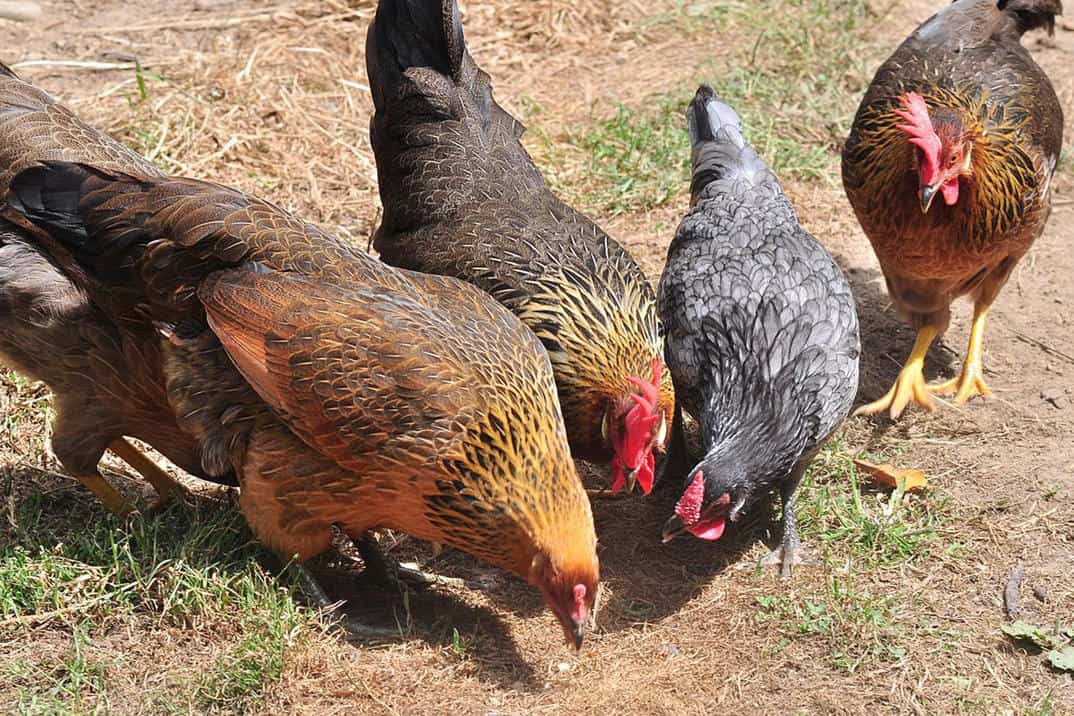
Flock dynamics are critical for survival in the wild. This interaction contributes to the flock’s structure and welfare. Although you may not notice this as often with your backyard flock, it does occur. A flock is an entity that is not open to strangers.
Flocks are often reasonably small; ten or more chickens, consisting of a top rooster and a few followers. Flocking is the way for chickens to save resources. In the wild, water and food may be limited and widely dispersed. The flock will defend their food sources against other birds to ensure adequate food throughout lean periods.
Though chickens do not know sickness or illness, they keep themselves safe from possible disease by declining to join the flock. If you notice that some flock members are unwell, you should remove them immediately. These fowls constitute a threat to the rest of the poultry. It may sound harsh; however, it is a case of surviving.
Common behavior
Any wild flock has a behavior of driving away newcomers who they don’t recognize as members. Pecking, intimidation, and bullying are all frequent actions.
Pecking may get violent, mainly if the hens form a gang, proficiently killing another chicken. Roosters will engage in cockfight with another rooster, which may continue until one of them is dead.
Most chickens would remain in small clusters in the wild and would not try to join another flock. However, since flock owners do not offer them many options in a backyard flock, you must exercise caution in introducing a new one.

How Much Time Will It Take?
Every chicken in your flock is conscious of its position in its pecking order. Hence, there can be a pecking order disruption when you introduce a new chicken.
The newcomers will be at the end of this order and will withstand repeated threats from other hens. Any infraction will be met with a swift peck to set the newcomer in its place. It could hold up to 6 weeks to restore the pecking order. However, docile chickens welcome newcomers more quickly, although this is not usually the case.
5 Methods to Introduce New Chickens to Your Flock
How introduce new chickens to your flock? In a perfect scenario, you might mix them right away after you teach them by just telling them. But unfortunately, that’s not how it works. Below are some accurate methods that can help you to do so.
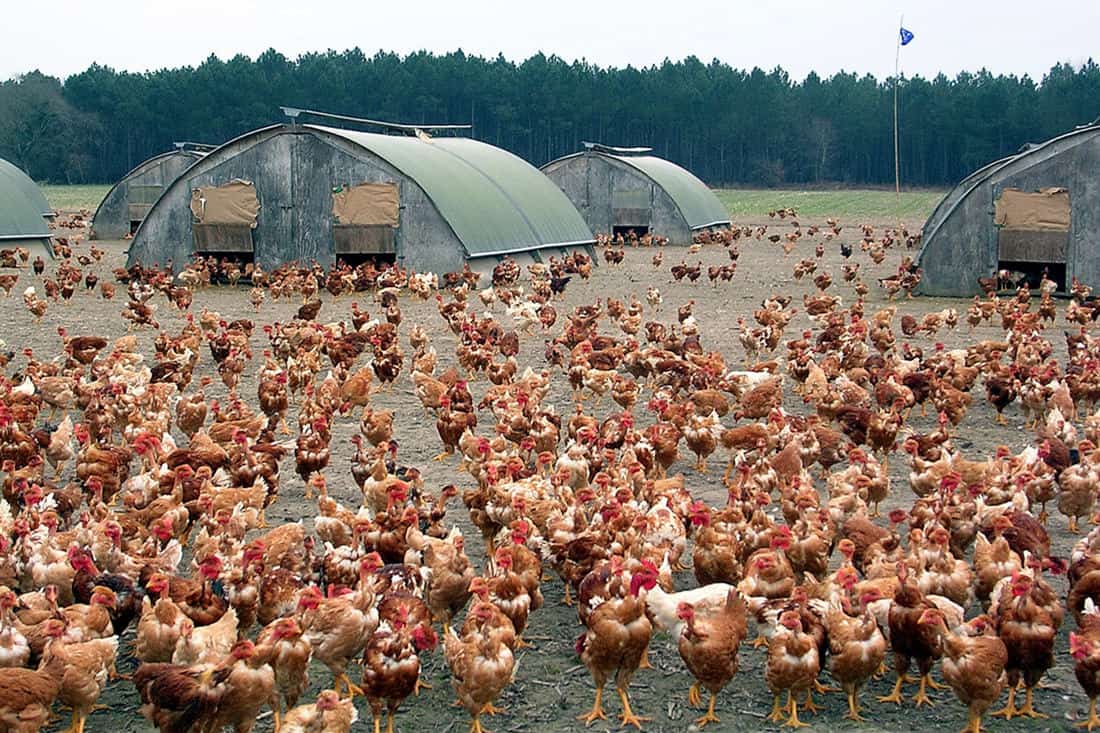
1. Quarantine
When you are acquiring mature chickens, keep them quarantined for at least a month. This method ensures the new chickens do not transmit disease to your flock, in case they are carriers. However, if you are rearing chicks, you should keep them indoors for most of this period. So it can be unnecessary to quarantine them once they reach adult size.
2. Disassociate
After the quarantine method, you should keep their seclusion from the rest of your flock. This step enables the chickens to get to know one another without danger of being harmed.
You can use a detachable yet secured fence inside the coop; it allows them to see one another but not physically interact through the fence. How long you have to do this is entirely up to you and determined by your chickens’ condition. However, experts recommend estimating a couple of days up to a week or more.
3. Mix and Distract
Allow them to meet each other physically for the first time while you are there to supervise them. Distract the birds with treats, and if they have access to some delectable goodies, they can be less inclined to concentrate on pecking each other. Distribute two or more bowls of food to ensure that all of them can eat smoothly.

4. Watch
Bear in mind that pecking order plays a significant role in the entire life of your chickens, and you are just there to ensure that no one is severely hurt or injured. Bleeding indicates that there’s too much aggressiveness and that you should back it off. Either withdraw the bully from the flock or try postponing this method. It may take multiple trials until everyone agrees.
5. Regulation
If one or some of your older chickens is exceptionally hostile and refuses to stop, remove it from the flock and isolate it for a couple of days. Once the chicken is back in the poultry, it will be too preoccupied and concerned with regaining its pecking rank again.
Common Issues and Solutions
Usually, introducing new chickens to your flock can go sleekly without any drastic incident. Still, sometimes you can’t just avoid coming across with some issues. Below are some common problems to occur and the solutions to overcome them.
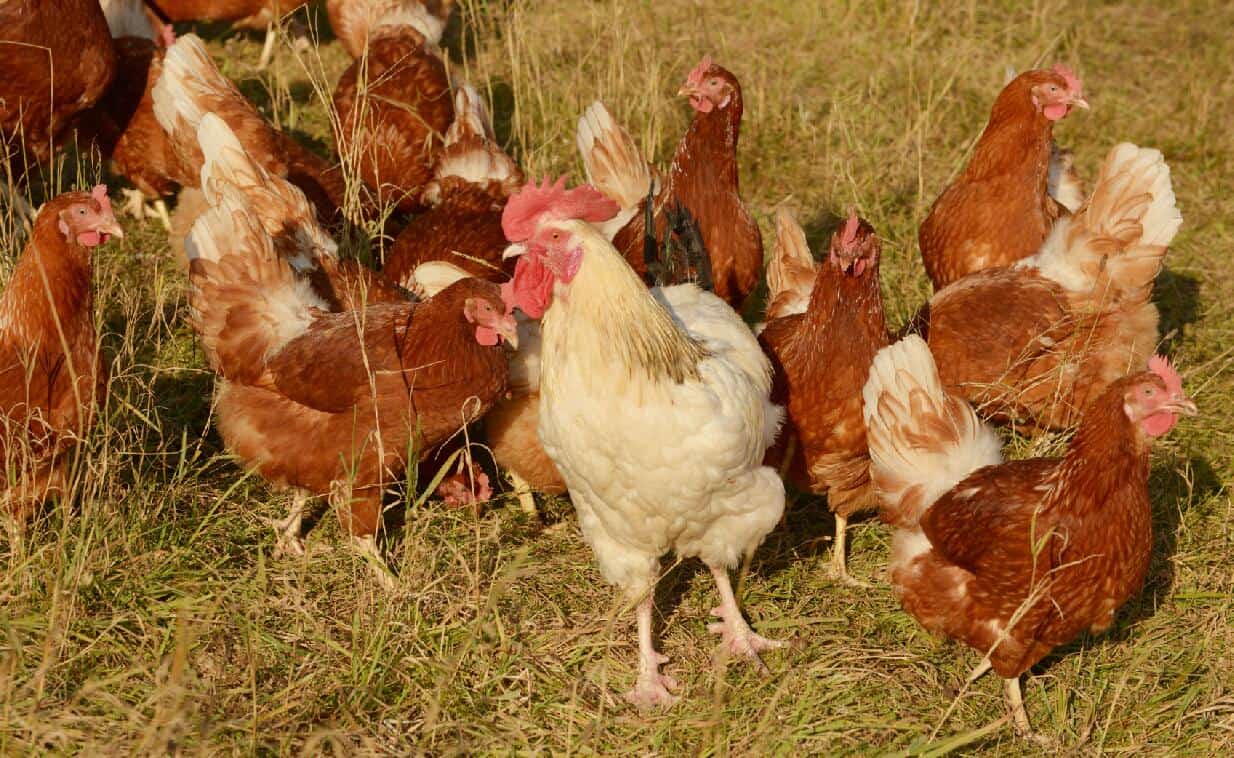
Weak chicks
Occasionally, a pack will include a fragile chick. It will always be the last to drink or eat and may appear to remain on the flock’s edge. You can notice the chick being picked on frequently; this is a negative indication.
Because chickens have a behavior of not accepting weak or ill chickens as they see it as a threat to the flock, merging may be complicated and challenging for a chicken. Happen to acquire a soft chick. It can be better to select a buddy from the same flock and isolate them together temporarily in a different coop or maybe permanently.
Hostile chicks
An exceptionally aggressive chick, typically a cockerel, may attempt to make things unpleasant for everyone throughout merging by harassing other chickens. This conduct may have some consequences.
To begin, it may discourage chickens from laying healthy eggs and cause them discomfort. Second, suppose the top rooster disapproves of the youngster’s conduct. In that case, he may put himself battling the top rooster and suffer from severe injury.
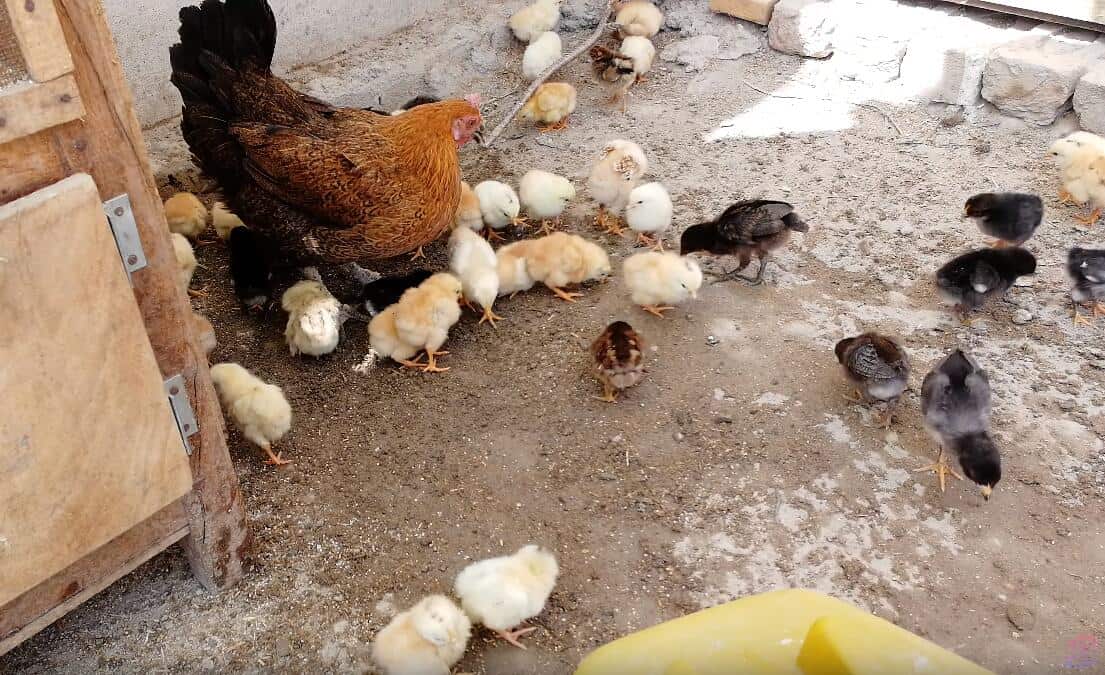
Health and welfare
If you take home chickens from another flock or store, quarantine them first before merging. While the chickens you bought may seem in good condition, some illnesses require time to develop.
You would not like to discover that you have infected your entire flock with contagious diseases. Ensure that you quarantine them correctly to avoid multiple problems or, worst, mortality of your chickens.
Fast Introduction
You must never rush the merging process. It is critical to provide newbies and existing flock sufficient time to acclimatize to observing one another.
It will be a significant shift in the existing pecking order your chickens have, and you can almost definitely anticipate a few instances of improper conduct. Many people believe that introducing a new chicken to a flock should be a fast and straightforward process, but rushing it will result in chaos.
Some Tips
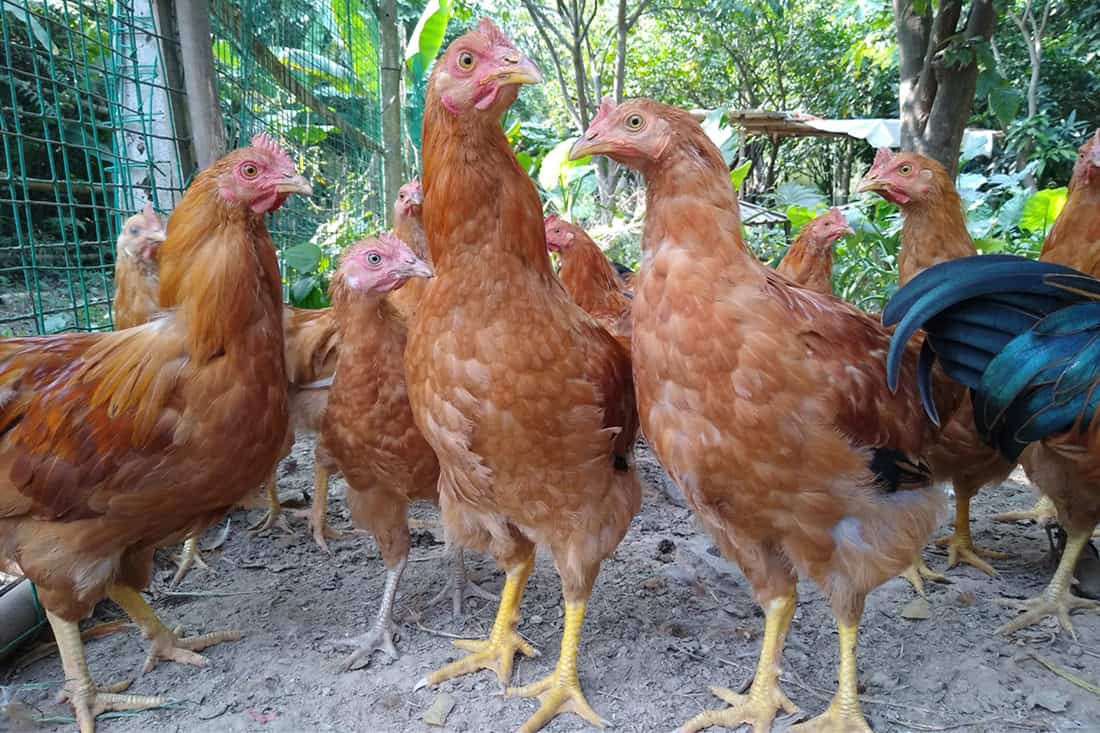
Before you attempt to introduce new chickens to your flock, apart from the methods and other information above, also take further effort to keep these tips in mind for easy and smooth integration of your flock
- If necessary, add a couple of perch to the coop. When the new chickens attempt to roost, there’s a significant likelihood that the older chickens will peck them. Provide more space so that every chicken can roost properly.
- Offer areas of privacy for new flock mates. Installing roosting perch high enough in the run may provide a haven for the chickens. Another possibility is to offer enclosed areas within the coop for chickens to flee if old chickens attack them.
- Be watchful for indications if the old chickens are pecking the newcomers excessively. Bald patches, wounds, and bleeding are indications that the chickens need more time to settle.
- If you plan to introduce chicks to an adult flock, wait until the chicks are at least 6 to 8 weeks old. If the chicks are not large enough to protect themselves, old, more giant chickens might kill them.
- If possible, add chickens that are only comparable in size to the chickens in your current flock. When your newly hatched chicks reach the age of 18 weeks, they are ready to be integrated into your existing poultry. Avoid mixing chickens less than 18 weeks old with existing hens that are laying.
- Never add a single chicken. Rather than that, add equal numbers of chickens or more to disperse the pecking and bullying from the current flock.
- When introducing new chickens, if possible, relocate the current coop to a different location so that both the old and new chickens have a fresh start. Alternatively, you might add the existing flock with the newcomers.
- Make them busy and amused. There is plenty of room and diversions; avoid short sprints and sharp turns. Attract attention with goodies and scratching.
- Most importantly, be patient and moderate. Chickens may be vicious to one another. It could take up to 6 weeks for every chicken to assimilate completely. Until there’s a complete establishment of the pecking order, egg laying may be halted.
Summary
Having a backyard flock is a pleasurable experience. Apart from fresh eggs, chickens are a source of diversion due to their unique characteristics. You sometimes find yourself wishing to expand your flock; that’s easier to imagine than initiate. The guidelines and tips above will surely assist you in streamlining the process of introducing new chickens to your poultry.
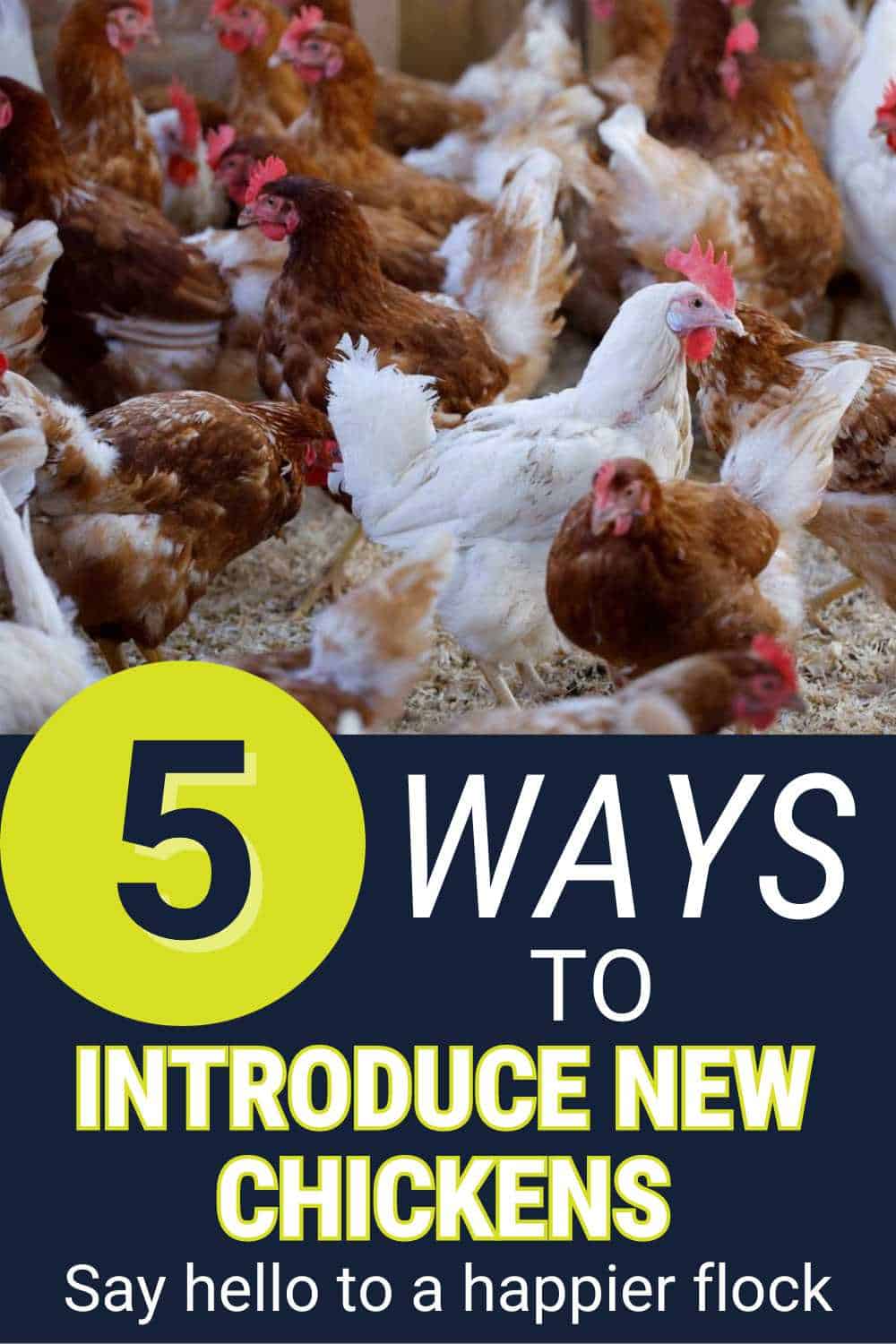

Joseph Hudson has been raising chickens for over 15 years. In 2018, he completed the Agriculture & Natural Resources program at Mt. San Antonio College. He currently raises over 1400 chickens on his 7.5-hectare farm. He keeps sharing his experience on raising healthy and happy chickens on Chicken Scratch The Foundry.







